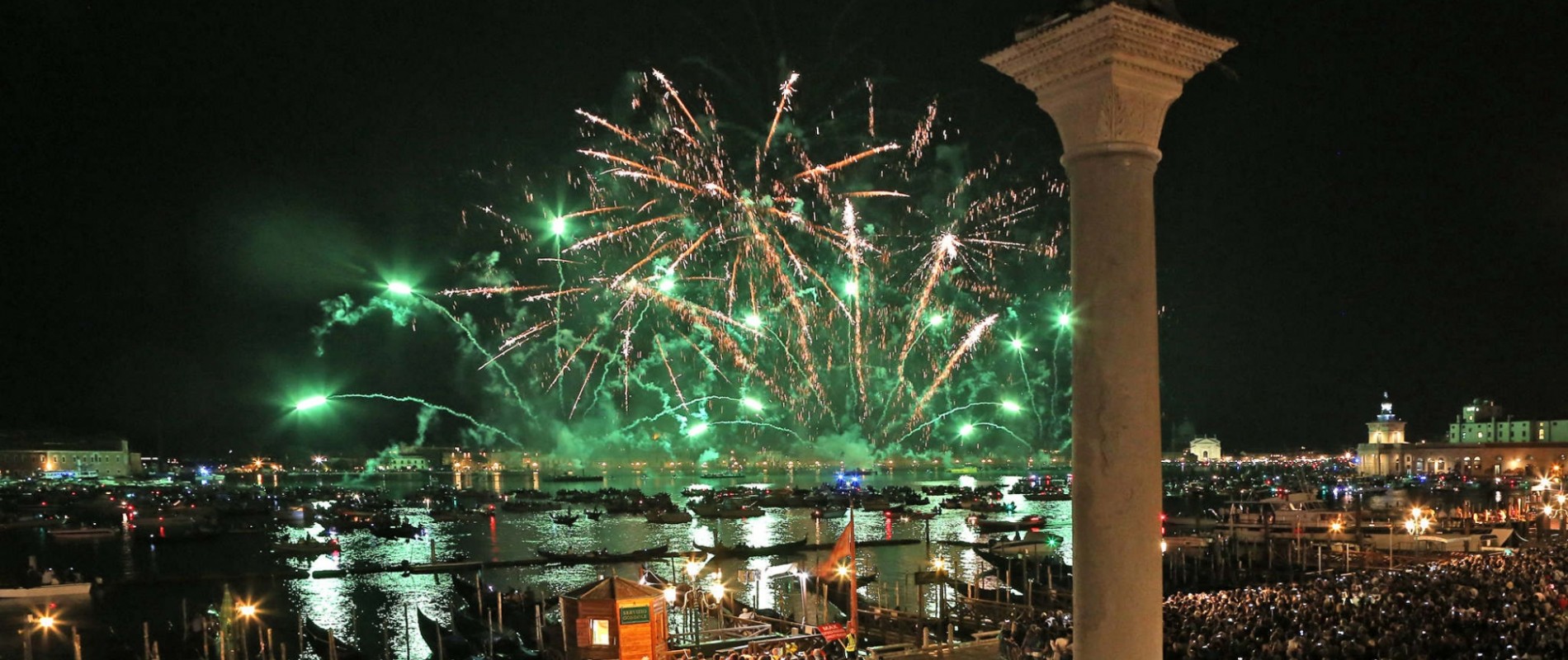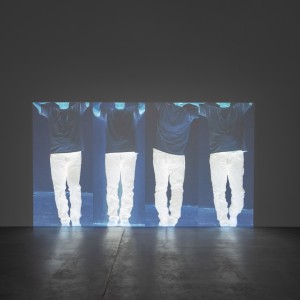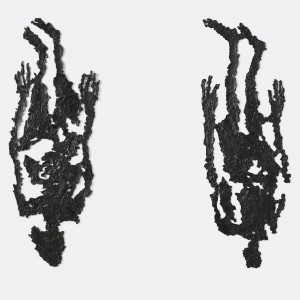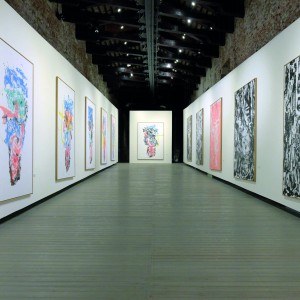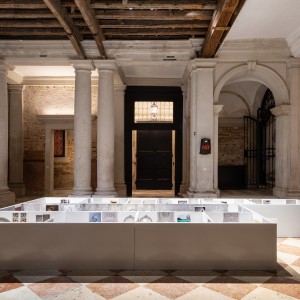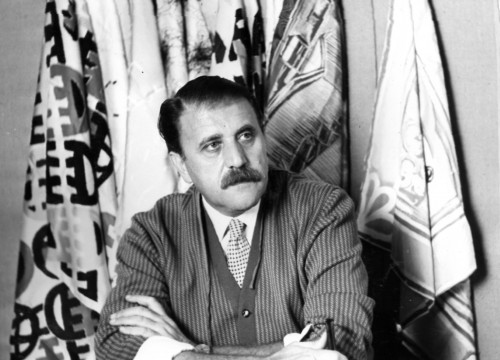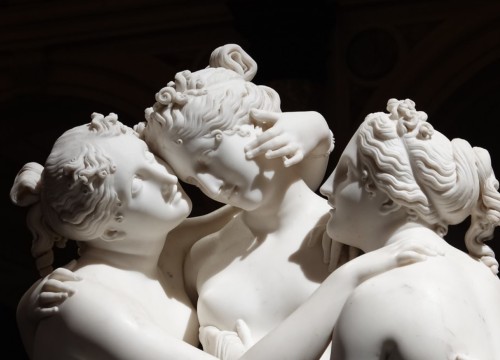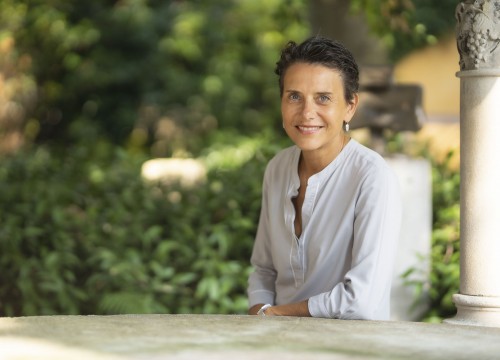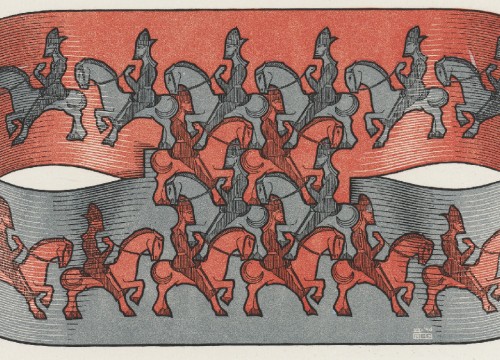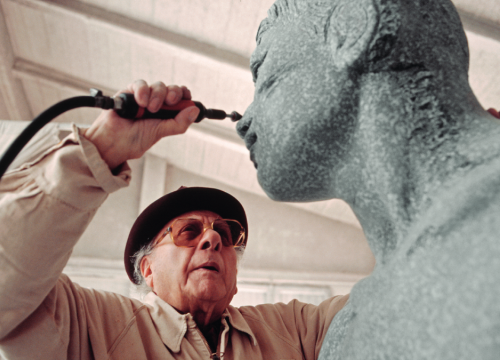At the start the celebrations for the 1600 years of the foundation of Venice
The city in the course of its long history has always overcome all adversities. A plethora of excellent exhibitions now underlines its rebirth after the Covid disaster
This year marks the 1600th anniversary ab urbe condita. Actually, the Queen of the Adriatic blew out the candles on the 25th of March, but the Covid situation was not the best and so the celebrations will be held throughout the year. Although the last two years brought the Aquagranda - the worst in 50 years - and the Covid, both children of 2019, let’s remember that Venice has endured far worse.
From Attila to the Lombards, the Byzantines to the Franks, not to mention the plague and the wars against pontiffs and emperors, there is no misfortune that has not struck it. Yet it is still here, more beautiful than ever. To crown this birthday, a tour of exhibitions of all respect was organized. Let’s imagine now that we could visit them all in one day. The morning has gold in its mouth and so we arrive by train at 9:00 a.m. to the Santa Lucia station, we crossed the Calatrava bridge and got on a vaporetto in Piazzale Roma we board a vaporetto to keep the energy in our legs. Trust me, tonight you will thank me.
BASELITZ'S AFFECTIONATE TRIBUTE TO THE VENETIAN MASTER AT THE FONDAZIONE EMILIO E ANNABIANCA VEDOVA
We get off at Santo Spirito where, continuing for a hundred or so meters, we come across the first exhibition “Baselitz - Vedova accendi la luce” at the Fondazione Emilio e Annabianca Vedova at the Magazzini del Sale. We immediately notice that it is a single long room where we find 17 monumental works that are exhibited in a specular fashion, creating a truly suggestive sequence.
Walking up the ramp we feel crushed by the gestural energy of Georg Baselitz, a German painter who in 1963 he met our Emilio Vedova and since then formed a friendship that is affectionately paid tribute to in this exhibition. It is now 15 years since the Venetian artist’s death and Baselitz proposes a comparison between his most iconic works - the upside down figures– and a new cycle that recovers the Vedovavian style by introducing a light that lightens and softens the the brushstroke. For those who wish to learn more about the artist, we also recommend the personal exhibition Archinto at Palazzo Grimani.
We continue on foot passing in front of the Peggy Guggenheim Collection and reach the Basilica della Salute next to which there is Punta della Dogana where we enter to visit the Bruce Nauman: Contrapposto Studies” exhibition. In François Pinault’s building, designed by Tadao Ando, the most recent studies related to the law of opposites are exhibited, staged by the artist himself in some videos in which he walks around the studio.
This is a canon used in classical sculpture of the fifth century BC which allows to manage balance by creating a dynamic torsion of the bust. It continues through photographs, sculptures and performances that investigate other themes such as the atelier, the influence of the mind on the body and the limits of the latter with respect to cognitive potential. The work that most brings us into his universe made of misunderstandings, inadequacy, overwhelm and hypnosis is For Beginners. (all the combinations of thumb and fingers), 2010.
AT PUNTA DELLA DOGANA THE SCENE IS SET FOR NAUMAN'S CONTRAPPOSTO, A CONCEPT TAKEN FROM THE SCULPTURE OF THE FIFTH CENTURY BC.
Now let’s retrace our steps and once we have reached the Accademia Galleries we cross the homonymous bridge. In front of us stands the sixteenth-century Palazzo Franchetti where we visit “Massimo Campigli and the Etruscans. “A pagan happiness”. Amphorae, votive heads and sarcophagi dating back to the period between the sixth and second century BC find a stylistic and iconographic correspondence in the paintings of the German naturalized Italian but painter. In 1928, following a visit to the Museum of Villa Giulia in Rome, Campigli senses that he has identified the archaic lifeblood from which the Roman culture developed later and starts his works inspired by the Etruscan taste. Halfway through we come across the work The Village (1957). A masterpiece of 6 square meters in which we can trace all the subjects he painted and among which stands out the silhouette of the hourglass woman, his trademark.
PALAZZO FRANCHETTI HOSTS CAMPIGLI'S HOURGLASS WOMEN WHO DRAW INSPIRATION FROM ETRUSCAN ART
After getting a drink in the “bacari” that we meet along the way, we reach the arsenal where 3 of the 5 thematic areas of the XVII “International Architecture Exhibition”, curated by Hashim Sarkis, are located. Competing with the title of this edition, “How we will live together”, are 46 countries from all over the world. The exhibition continues with the other two areas in the central pavilion. We are now at the last exhibition.
After taking a vaporetto from the Giardini della Biennale to Rialto, we cross the famous bridge and arrive at Ca’ Corner della Regina, the headquarters of the Fondazione Prada where “Stop Painting” is currently underway. On the second floor we come across the sculpture of a painting exhibition” - that is, the model of the exhibition - by curator Peter Fischli. On the upper floor, the 10 thematic rooms deal with the breaking moments in the history of art of the last 150 years. In the halls we hear the echo of the most repeated question of the last century: is painting dead? Walking through the works of Fontana, Manzoni, Richter and Tàpies - just to mention the most famous ones - the answer is clear: painting, in spite of everything, still enjoys excellent health.
AT THE ARSENAL AND AT THE GARDENS THE XVII BIENNALE OF ARCHITECTURE QUESTIONS THE LIVING OF THE FUTURE. AT CA' CORNER DELLA REGINA, HEADQUARTERS OF THE FONDAZIONE PRADA, WE FACE THE MOMENTS OF RUPTURE IN THE HISTORY OF ART OF THE LAST 150 YEARS
On foot we walk through the calli to reach the majestic Palazzo Corner Mocenigo, one of the most monumental patrician residences of the city and now the headquarters of the Guardia di Finanza, where we can find the exhibition: “Living between land and water - from prehistoric pile dwellings to Venice”. The title already helps us understand how Venice, due to its identity as “Stato da Mar e Stato da Tera” (State of the sea and State of the land), represents a unique case in the world to deepen the housing typologies. So, starting from the pile dwellings, which became part of the sites protected by UNESCO in 2011, and studying the main archaeological findings, we arrive at a better understanding of the fragility, the needs, but also the beauty of the Queen of the Mediterranean.
Undoubtedly this is the exhibition, strongly desired by General Giovanni Mainolfi, which more adequately celebrates the 1600 years and with which the tour should have ended. It is evening, we are exhausted and hungry but satisfied to have visited the main exhibitions in Venice. Now, we just have to wait for the next birthday.

